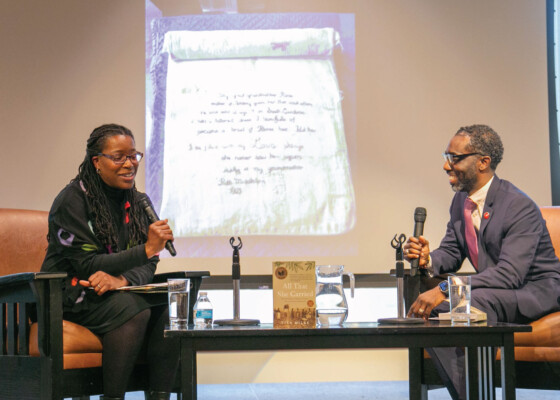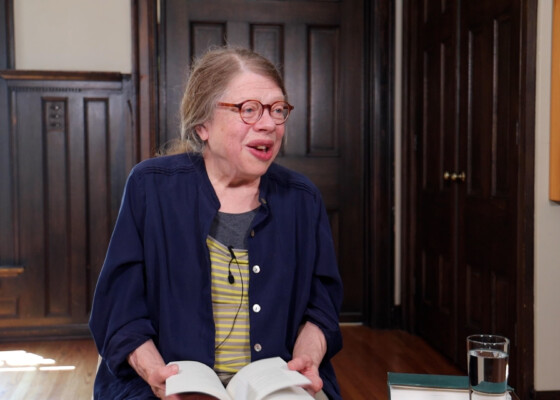Temple Grandin: The other piece of the puzzle
May 2, 2011This entry is a component of the three-part blog series following Dr. Temple Grandin’s presentation at the Indianapolis Museum of Art on April 28. To visit the other posts click here….
This entry is a component of the three-part blog series following Dr. Temple Grandin’s presentation at the Indianapolis Museum of Art on April 28. To visit the other posts click here. Dr. Grandin’s insight concerning livestock handling facilities and animal welfare made the event an ideal Food for Thought topic.
This post was written by David Feinberg. David is an accountant by day and a born again environmentalist and Indiana tourist by night. You can read his periodic musings on Indy Hub’s website or feiney.blogspot.com.
When I was 15 years old I spent a summer as a camp counselor. Two days a week were spent working with autistic children. Each of the children I worked with had their own unique perspective on the world.
One of the challenges that faced these children is the very way I just described them: autistic children. Putting autism first emphasized not their humanity and potential, but their limitations. We had special rules about how to treat these children and what they could and could not do. I was taught these rules were for their benefit and protection.
This evening I saw the other piece of the puzzle. I attended a lecture by Dr. Temple Grandin, a doctor of animal science and professor at Colorado State University who has autism. Dr. Grandin has not let autism define her. Instead, she has used her unique perspective on the world to identify and solve problems others did not even know existed. Her family demanded that she be treated with the same respect and expectations as any other person. Dr. Grandin emphasized that a key to the success she has achieved is integration into society and learning how to interact on a personal and professional level.
One of the main themes of the evening was diversity. It is something we read about and discussed frequently, but it is typically associated with topics such as race, religion, gender and sexual orientation. Dr.Grandin was talking about the importance of diversity of thought. For a project to be successful it needs to have various perspectives; as Dr.Grandin explained, the world needs the “nerds” to do the detailed calculations and the mechanical people to implement it. Throughout the evening the topic of diversity was expanded to encompass the diversity of thought in the world of education. Not all people learn and process information the same way. She expressed concern that our education system may leave behind the children who think differently, the very people we need to embrace to have diversity of thought. She illustrated this through describing the importance of learning art and how this helped develop how she thinks.
Dr. Grandin had me on the edge of my seat for the entirety of her presentation. I was hanging on her every word because of her brilliance and high-level functioning. It is not a paradigm I expected after the experiences I had early in my life, and hearing Dr.Grandin’s presentation has helped to significantly broaden my perspective.


